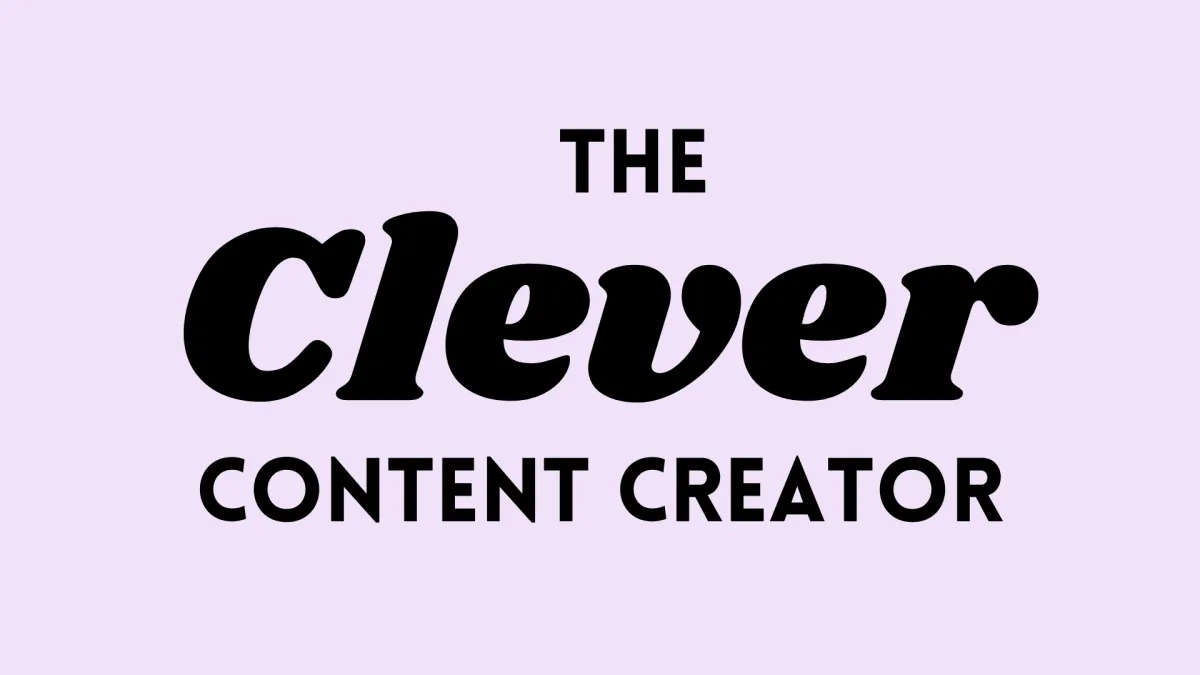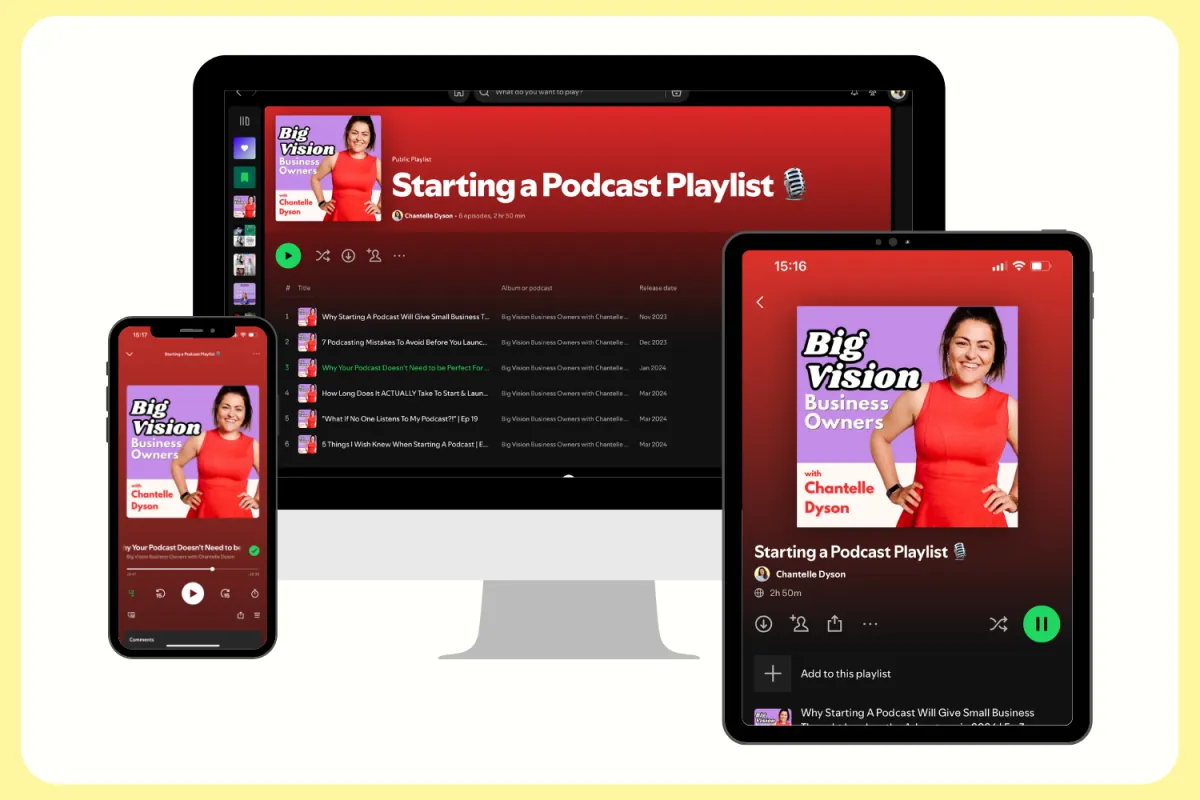We're here to help life coaches and business coaches shine online through podcasting!
We get it - you wanna
get noticed
build your audience, and
bring more leads into your business.
You've already decided a podcast is the way you wanna do it - and hey, you've probably even bought a microphone already (if you haven't here's our guide to choosing a mic!).
But I can bet that mic is sat in a corner gathering dust...
Because you had all these great plans for starting your podcast and getting it out there but you never did.
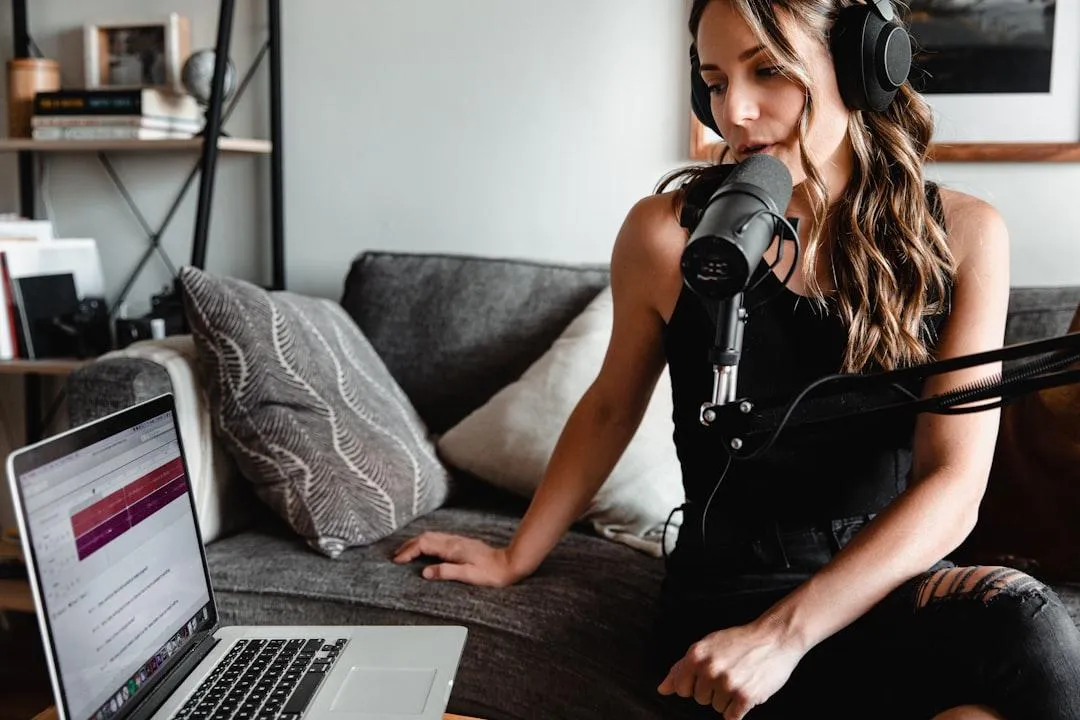
Why?
Well maybe it was the tech that was putting you off - sure, you can get Zoom to do it's thing, but you don't know the ins and outs of podcast tech - and to be honest, you don't really want to have to learn all of it either!
Or maybe it was the time. You want your podcast to be a success (and by that you mean publishing episodes weekly, so your audience know what to expect)... but with everything going on in your business, you just don't have the time to do it all.
And that's where we can help.
We offer one-stop shop for podcasting, where you get to "do the Beyoncé bit", record the episode, say your piece... and we'll take care of the rest!
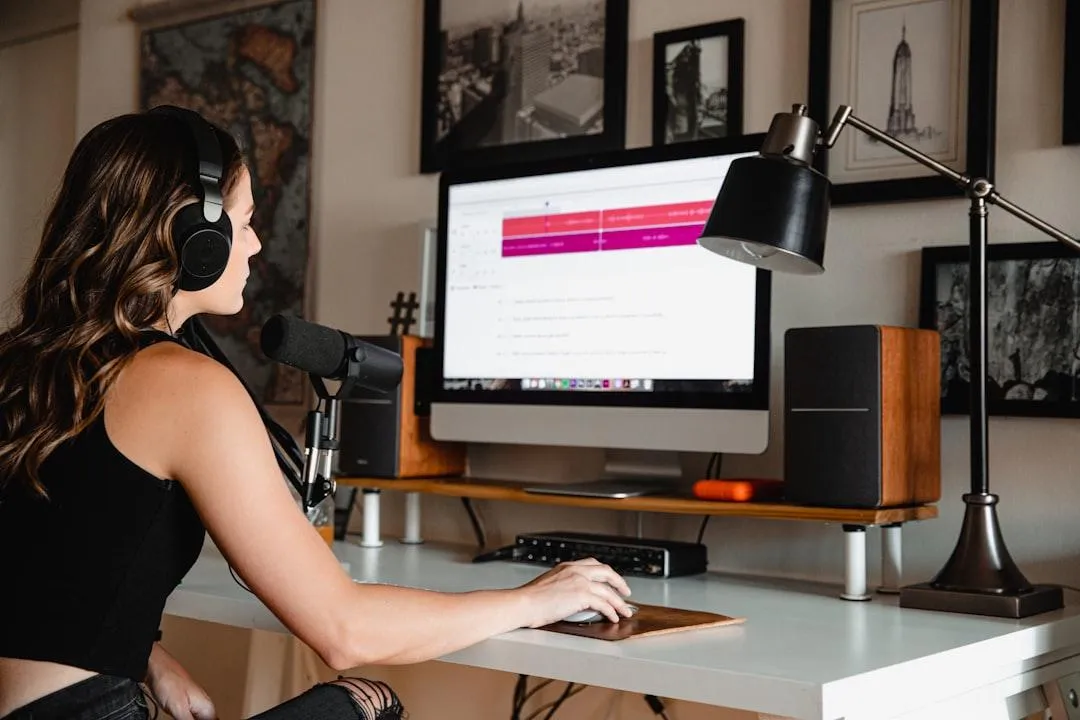
START YOUR PODCAST
These 6 episodes of Big Vision Business Owners are for life coaches and therapists who know a podcast would help them get clients but you've been putting ti off for 3 months (or more!)
If you’ve been thinking about it and still haven’t hit record, these will get you thinking about what you really want for your podcast and how to finally get it started.

Alongisde the podcast playlist, there's.a selection of blog posts that will actually help you get you podcast started.
GROW YOUR SHOW

These 6 episodes of Big Vision Business Owners have been carefully selected for any life coach or therapist who has thought about starting a podcast, put it off once (or twice!) over the past 3 months, and still hasn't got their podcast out there yet - even though you KNOW it's the best way to get seen.

Alongisde the podcast playlist, there's.a selection of blog posts that will actually help you get you podcast started.
Read the Latest Blog Post
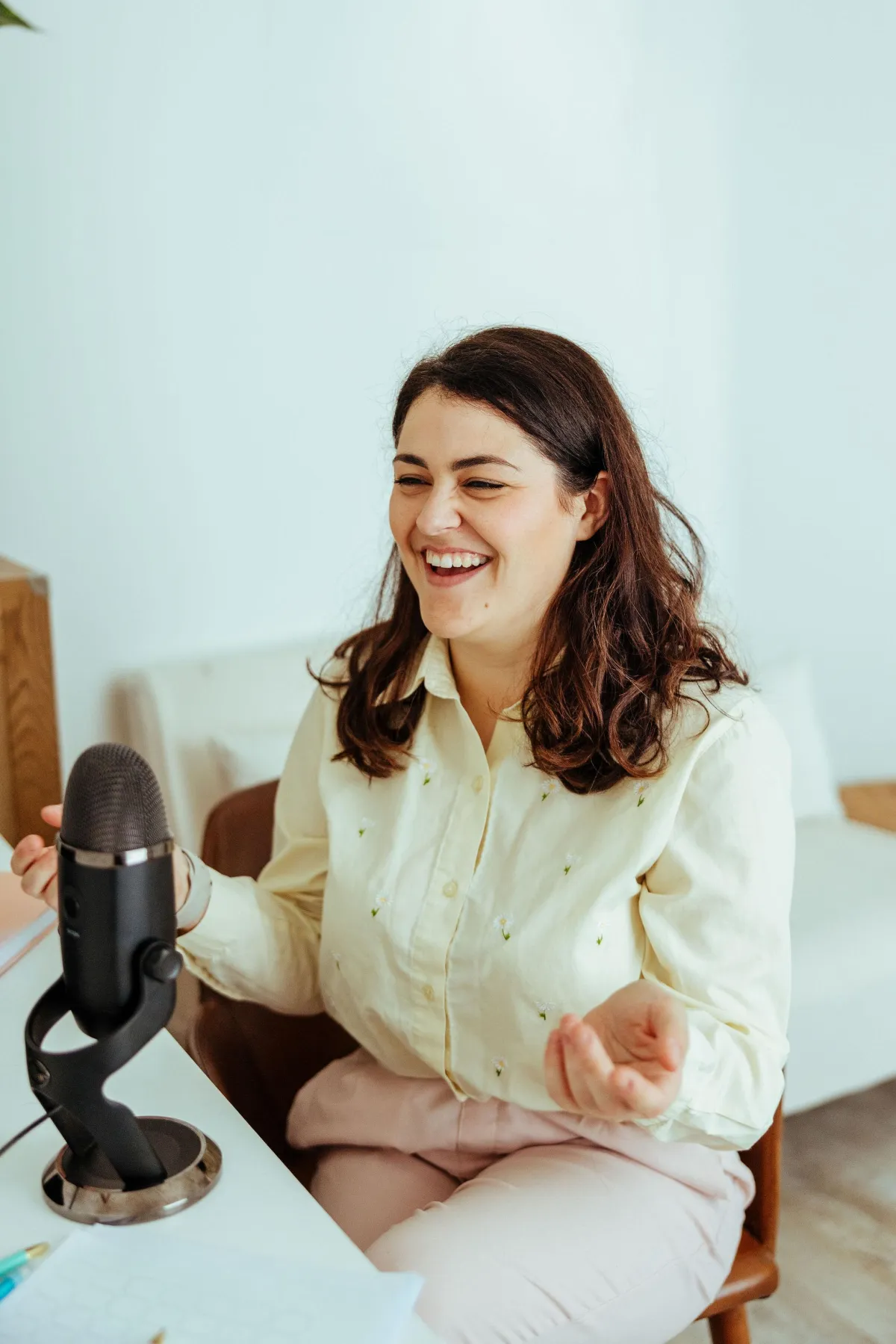
The Best Podcast Equipment To Launch Your Show With (Without Blowing The Budget!)
When you see all the big podcasting shows online, it looks like there's a tonne of equipment required. They've got fancy mics on stands, they're wearing headphones, and a fully sound-proofed studio.
But for some of us just starting out, the budget doesn't stretch far enough to hire a room, let alone cover a team of 16, which is what one of the top UK podcasts has working on their podcast each week.
I started my podcast sat at my kitchen table with a microphone (the Shure MV88+) and a laptop.
It really doesn't require a lot of equipment if you're just getting started.
And hey, if you love it and want to keep doing it, you can find the budget for it later down the line - so I've included more premium options in case that's you, or you're the type to go all in with the higher budget from the start.
This is the ultimate list of all the items, equipment and software you're gonna need to start your solo podcast. It's made for a beginner with all the items I used as a beginner (and most I still use to this day - even 100,000 downloads in!)
And it'll get you sorted with all the things you really need to get your podcast started - so let's break it down:
(Please note, this article contains affiliate links where I may receive an incentive should you choose to click through the link and sign-up/purchase, at no additional cost to you. If you'd prefer not to use the links, please look up the websites yourself. In some cases, there's a deal for you to grab too!)
1. Your Microphone
Simply put, you can start with the device you're possibly reading this on. Whether that's your phone, or a laptop, they can both suffice if you're on a tight budget right at the start.
The phone is a better option as you can bring it closer to your mouth, whereas a laptop will always be a distance away.
Others start with their headphones, the type that have an obvious microphone section on them. This is exactly what Jenna Kutcher, host of the #1 "The Goal Digger" Podcast did when she started, so don't think you can't start with that.
For those that want to purchase a microphone, I used the Shure MV88+ when I first started. I found the interface of plugging into my phone a bit sketchy, but plugged into my laptop, it was a dream.
Otherwise, a Logitech Blue Yeti microphone is another safe alternative, used by many creators and podcast hosts (it's the one Lisa Johnson uses for hers!)
I use the Blue Yeti, after I was given one during a paid promotion back in 2022. (Disclaimer: I've no paid affiliation now)
That said, both of these are condenser mics, which means they can pick up on wider sound around you, so they're not actually the best even though there's plenty of us using them.
But if you kept them close enough to your mouth, and choose the right room conditions to set up in, it's a negligible difference. (You can listen to an episode recorded on the MV88+ here, and the Blue Yeti here - and this is a great episode of Big Vision Business Owners to start listening to if you're about to start a podcast btw).
If you want to choose a dynamic microphone, that's better suited to podcasting overall, then the Shure MV7 is a mid-range microphone, or the Shure SM7B (with pre-amp) is really for those at the top of their game. Whichever you grab, make sure it's the USB version, and don't forget to grab a stand for it if it doesn't come with one too!
The difference in these otherwise? The price! The Shure MV88+ and Logitech Blue Yeti are in the £115 - £225 budget. There's also a Nano version of the Blue Yeti mic which brings it to sub-£100 too.
The Shure MV7 and Shure SM7B dynamic mics will set you back £250-£500 or so.
This is the most costly part of your set-up at this stage and rightly so. It's a podcast and it needs to sound good to keep people listening!
2. The Software
If you've chosen to record on your phone, most have a voice notes app that means you can record straight to your phone.
The iPhone is great because you can pause the recording if you need, check your notes, and resume again. In the same app, you can also do some basic editing of trimming the start and end, as well as cutting sections out - but it can be a bit fiddly to do on a phone.
Instead, you can look at a digital audio workspace (DAW).
They look a bit scary, but with one audio file, they're pretty simple, and all you want to do with them at the very earliest stages is cut the bits out where you go wrong. At a push, you'll add music too but let's not try running before we can walk!
My choice of DAW since I was 16 and designing mash ups for my school House Karaoke performances has been Reaper. It's really underrated, doesn't get mentioned even a fraction of the amount Audacity is mentioned, but I love it.
Reaper is free to use under the trial for 60 days, which is more than enough time to see if this whole podcasting thing is working for you, and after that, it costs $60 for a discounted license if you fit into that criteria.
Audacity is otherwise free - just don't ask me about it, as I'm not familiar with the interface. I know I don't use it because I found it clunky when I first came across it, and have consistently found Reaper to be much easier to navigate and use.
If you're using a microphone to record, you'll be using this software to record it onto.
3. Your Podcast Hosting Platform
You may not know this yet but to have a podcast and get it listed on the likes of Apple Podcasts and Spotify, you need a podcast host to get it listed there.
It's not YOU the host, but a platform that gives your podcast its RSS feed (the thing that makes it a podcast and not just an audio file) and then distributes your podcast out to all the places you want your podcast to be found.
There's a number of these hosting platforms, and my preference and recommendation for beginners is Buzzsprout.
It's free to use when you start, and once you upload your first episode, it will stay there for 90 days. So if you uploaded it the same day/week you released it, you'd have around 3 months worth of episodes to upload, and you'll be able to see if podcasting is for you.
After that, to keep the episodes live and prevent them from being deleted, you'd need to sign up to at least their lowest plan, which is around $12 per month.
Included with those packages is the dynamic content, which is one of my favourite tools for making the uploading process simple and straight forward, and I go through this in my Podcast in a Day course.
And if there's one thing Buzzsprout do best, it's make it SUPER easy to get your podcast listed in the different directories.
Once you're a more advanced podcaster, I'd suggest looking at Acast if you want to do more with your podcast.
But for beginners, it's Buzzsprout all day every day.
Here's a link to sign up to Buzzsprout that if you use, you'll get $20 of credit once you upgrade to a paid plan, and I'll get the same too! (Or you can sign up to it directly yourself - there's no hard feelings here!)
4. Video (if you must)
So YES, a video podcast is absolutely the best way for you to grow your podcast and your business. The sooner you start video, the better.
But...
HONESTLY, the people that are ambitious enough to want to do video at the start but are not instinctively the savvy with tech type, face the biggest stumbling blocks over video.
File sizes are huge compared to audio, it takes more effort to be on camera and get it right, and you're recording everything separately. You've got enough to think about when you first start a podcast, let alone throwing the challenges of video in.
Overall, they're not hard and generally can be sorted with a few adjustments, but nothing will increase your frustration quicker than trying to bite off more than you can chew at the start by throwing video into the mix.
My Podcast in a Day course implores that you use audio only to actually achieve getting it "done in a day", or as quickly as possible otherwise. So I beg you to start with audio-only - unless you're hiring someone in on the day to help with the video (watch this space on this 👀 something will be coming on this very soon!).
(To note, I did 18 audio-only episodes before I started video, and one of our client's, Lissy Puig, launched her Consciously Create podcast as audio-only and hit 2000 downloads within 4-6 weeks, so audio-only podcasts are still completely viable and you don't need anything more to get started!)
But if you must do video, or you're at the stage where you're bringing video in after say 8 episodes or so, then here's the very basics of what I use or recommend:
Video Recording: iPhone 12 Pro Max (or any iPhone, especially the Pro versions), or use Zoom on as high a setting as possible
Audio Recording: As above, so either a microphone recording onto Reaper, or your microphone selected in Zoom.
Editing: iMovie for Mac, CapCut for Mac or Windows
Hosting: Buzzsprout for Audio, YouTube for the Video
Repurposing: Opus Clip
So there you have it! That's all you really need to get your podcast started, even if you're on a tight budget. I'll continue to keep this list updated as time goes on, but much has stayed the same for me in my 3 years of podcasting to date.
Last updated: 19th September 2024
